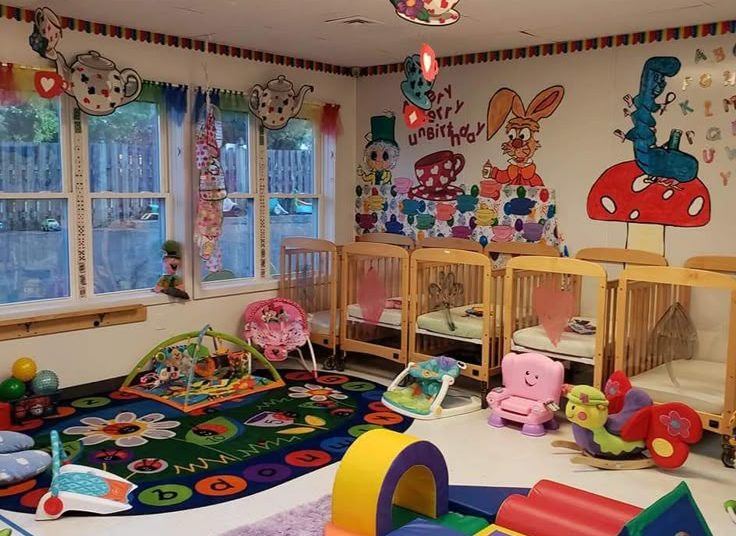Choosing the right early childhood education (ECE) setting for your child is a significant decision for any parent in Auckland. While both public and private kindergartens aim to provide a nurturing and stimulating environment based on New Zealand’s Te Whāriki curriculum, there are distinct differences in their structure, funding, operating models, and philosophical approaches. Understanding these variations can help you make an informed choice that best suits your family’s needs and values.
Public Kindergartens: The Auckland Kindergarten Association (AKA) Model
In Auckland, the vast majority of “public” kindergartens fall under the umbrella of the Auckland Kindergarten Association (AKA). These are community-based, not-for-profit organisations that have a long history in New Zealand’s ECE landscape.
- Funding and Fees: AKA kindergartens are largely government-funded. They offer the “20 Hours ECE” subsidy for children aged three to five, which covers up to 20 hours per week for six hours a day. While these hours are technically free, many AKA kindergartens request a “donation” or charge a nominal fee for hours beyond the 20 ECE subsidy, or for children under three (where applicable). These contributions help cover operational costs not fully met by government funding.
- Operating Hours and Holidays: Traditionally, AKA kindergartens operate sessional hours (e.g., morning or afternoon sessions) or shorter full days, typically from around 8:45 AM to 3:00 PM. They generally align their holiday schedule with primary schools, meaning they close for school holidays (e.g., two weeks between terms and longer for summer). This can be a significant factor for working parents.
- Curriculum and Philosophy: All AKA kindergartens adhere strictly to Te Whāriki, New Zealand’s play-based ECE curriculum. They often have a strong emphasis on biculturalism, integrating Te Reo Māori and tikanga Māori (Māori customs and practices) into daily routines. The focus is on child-led play, fostering social-emotional development, and preparing children for school readiness in a holistic manner.
- Teacher Qualifications: All teachers in AKA kindergartens are fully qualified and registered early childhood education professionals, ensuring a high standard of pedagogical practice.
- Community Focus: AKA kindergartens are deeply embedded in their local communities, often encouraging strong parent involvement through committees, working bees, and social events.
Private Kindergartens: Independent and Commercial Centres
Private auckland kindergarten, also known as independent or commercial early childhood centres, operate outside the AKA network. They can range from small, family-run centres to larger, purpose-built facilities or those affiliated with specific educational philosophies.
- Funding and Fees: While most private kindergartens also offer the “20 Hours ECE” subsidy, their overall fee structure is generally higher than AKA kindergartens. Parents typically pay a higher hourly rate for any hours beyond the subsidy, and charges for full-day care can be substantial. These fees cover operational costs, facilities, and often a higher staff-to-child ratio or specialised programmes.
- Operating Hours and Holidays: A key advantage of private centres is their extended operating hours, often from 7:00 AM to 6:00 PM, and many operate year-round with minimal closures for public holidays or a shorter Christmas break. This offers greater flexibility for parents with full-time work commitments.
- Curriculum and Philosophy: While private kindergartens must also follow Te Whāriki, they often differentiate themselves through specific educational philosophies. You might find Montessori, Reggio Emilia-inspired, Steiner, or faith-based centres. They may also offer additional programmes like music, foreign language lessons, or specific sports activities.
- Teacher Qualifications: Like public kindergartens, private centres are required to employ qualified and registered ECE teachers. The overall staff-to-child ratios might vary, with some private centres opting for higher ratios than the minimum requirements.
- Facilities and Resources: Due to their commercial nature and higher fees, some private kindergartens may boast newer, purpose-built facilities, a wider range of specialised equipment, or more extensive outdoor play areas.
Key Considerations When Choosing
When deciding between a public and private kindergarten in Auckland, consider the following:
- Cost: Compare the total weekly or monthly cost, factoring in the 20 Hours ECE subsidy and any additional fees or donations.
- Hours and Flexibility: Assess if the operating hours and holiday schedule align with your family’s work and lifestyle needs.
- Educational Philosophy: Research the different pedagogical approaches and choose one that resonates with your values and your child’s learning style.
- Location and Convenience: Proximity to home or work remains a crucial practical consideration.
- Atmosphere and Culture: Visit both types of centres to get a feel for the environment, teacher-child interactions, and overall community vibe.
Ultimately, the “best” choice is highly individual. Both public and private kindergartens in Auckland offer valuable early learning experiences. By understanding their differences, you can select the environment where your child will thrive.






